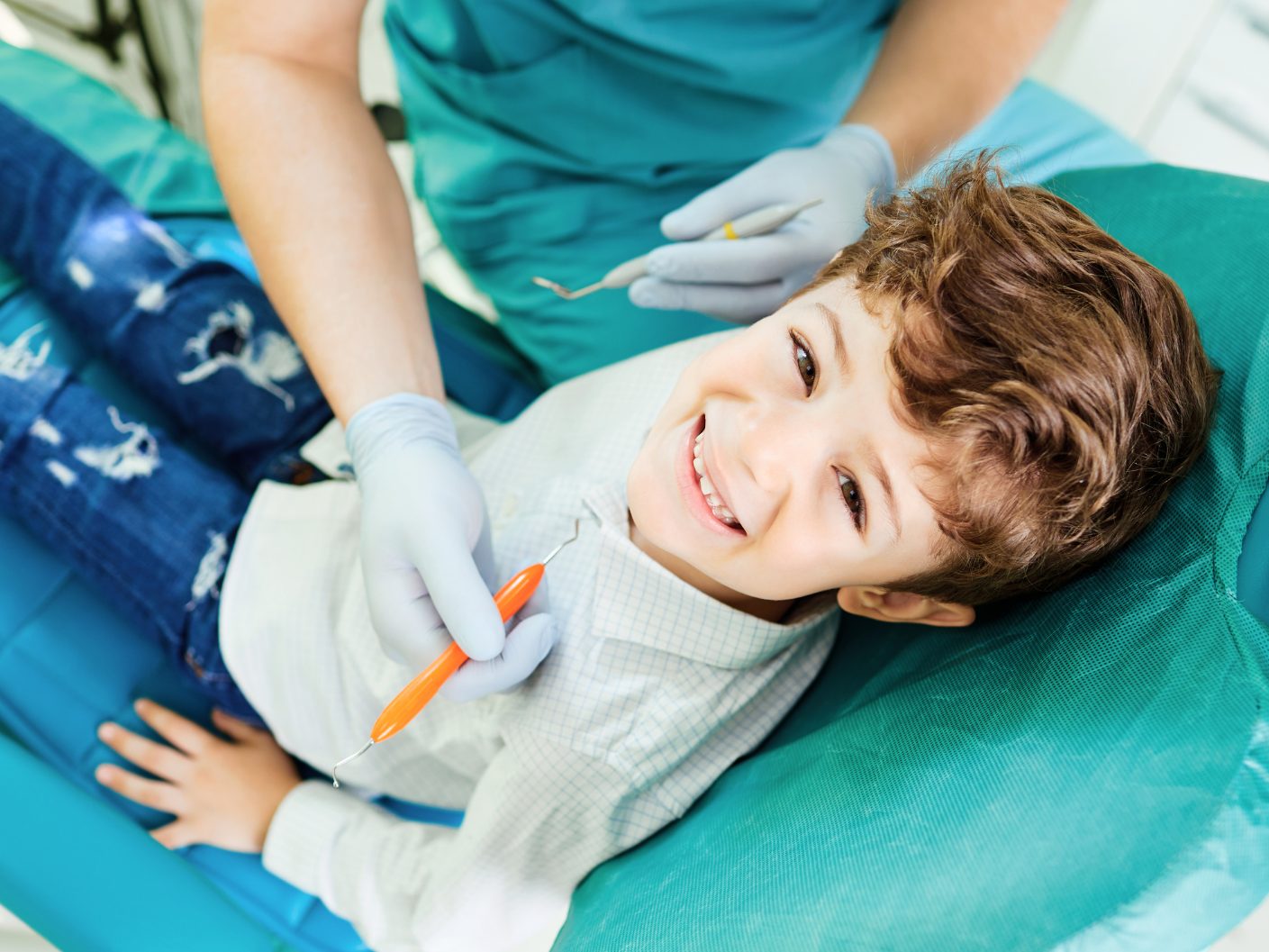Dental Health in Children: Slight Improvement in Austria

Researchers from Gesundheit Österreich GmbH (GÖG) have collected the status over the past two years, with the last report dating from 2016. The education of the parents and the migration background have an impact on oral hygiene. Therefore, optimizing prevention and care strategies has a lot to do with reducing social and regional disparities, it was summarized on Wednesday.
Problems with teeth would not only cause pain but also have far-reaching health consequences, said the Director General for Public Health and Head of Section in the Ministry of Health, Katharina Reich, at the conference where the new report was presented. The importance of oral health has increasingly come into the health policy focus in recent years. The World Health Organization (WHO) also passed a groundbreaking resolution in 2021 that member states should integrate prevention and dental treatment more strongly into general health policy. According to GÖG, despite simple preventive measures such as regular oral hygiene, the use of fluoride toothpaste, and a tooth-friendly diet, caries remains the most common chronic disease in this age group.
Dental Health: More than 4,000 Six- to Seven-Year-Olds Surveyed
The authors Tanja Schwarz and Benjamin Kölldorfer from GÖG examined 4,084 six- to seven-year-old children from first-grade elementary school classes for their report. This corresponds to 2.3 percent of all first graders living in Austria. The aim was to assess dental health and oral health behavior. The WHO's goal is for 80 percent of children at the age of six to be caries-free, which is far from being achieved in Austria. Childhood enamel defects should also be recorded for the first time. The data should serve not only as monitoring but also for health policy planning and control. Because measures in this area would show effects relatively quickly in children, said GÖG Managing Director Herwig Ostermann.
Children aged six to seven years are already in the process of changing teeth, so at this age, there is no longer a complete set of baby teeth. Nevertheless, 42 percent in this age group already have experience with caries. Compared to the data from 2016, this represents a slight decrease, as the value was 45 percent back then. In a comparison of federal states, there were significant regional differences. The lowest prevalence rates are in Tyrol with 28 percent, Styria with 32 percent, Vorarlberg with 35 percent, and Carinthia with 41 percent. In contrast, caries experience in Lower Austria with 54 percent, Burgenland with 49 percent, Upper Austria also with 49 percent, Salzburg with 46 percent, and Vienna also with 46 percent is still significantly above average.
Caries Experience Increases with Decreasing Education Level
The proportion of children with caries experience increases with the decreasing educational level of the parents. According to the report, this correlation is particularly pronounced in children whose parents have at most a lower secondary education, compared to those whose parents have an upper secondary education. Additionally, children with a migration background are disproportionately likely to have decayed, missing, or filled milk teeth. 25 percent of the children examined had a migration background and 43 percent of the parents had a tertiary education degree.
Despite the declining trend, 29 percent of children require dental treatment due to untreated milk tooth caries. The restoration rate, meaning the proportion of filled milk teeth to the total number of carious milk teeth, is 28 percent and shows little improvement compared to previous surveys. This indicates that there are still barriers to accessing dental treatments for milk teeth.
Enamel formation disorders are gaining importance
In addition to caries, enamel formation disorders are becoming increasingly important. Molar-incisor hypomineralization (MIH) was found in 13 percent of the children, while hypomineralizations in the primary dentition (MMH) were observed in five percent of the children. In 15 percent of the children, hypomineralizations were present in both milk teeth and permanent teeth. These developments underscore the need for further research into causes and care strategies.
The results showed that the expansion of preventive measures and closing existing care gaps are necessary. Early, target group-specific education of parents about caries prevention and the integration of dental examinations into the parent-child pass could help improve access to dental care and raise awareness of preventive measures, according to the GÖG.
(APA/Red)
This article has been automatically translated, read the original article here.





